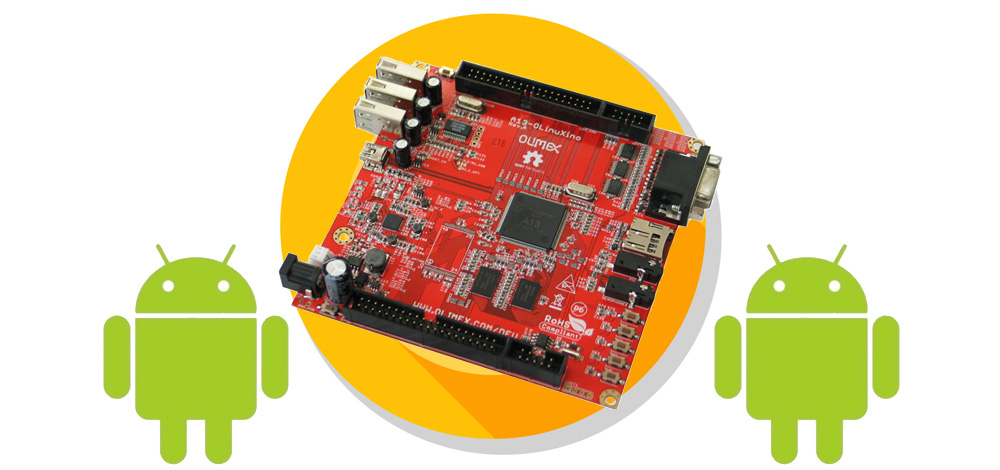In recent days we have reported on many of the numerous innovations introduced by Google in the first Android O Developer Preview, the new version of the green robot. In addition to the new features visible to the user, such as improvements in notifications, new password management and many others found in our dedicated article, there are a lot of additions that are not visible to the user.
SDCardFS: external means internal

These include, for example, support for the SDCardFS filesystem, which in the new version of Android is up and running. This change consists of the permanent abandonment of the FUSE system used up until now, and allows to obtain significant improvements in the interaction with the memory. SDCardFS is not a true file system, but a FAT32 emulation layer that is part of the kernel.
But although the name may be misleading, SDCardFS is not only used for interaction with microSD cards, but also acts on the internal memory of the device, and in particular on the virtual external memory partition, which uses the system to store applications and data of user. Thanks to this it is possible to reduce I/O overhead in transfers with memory, eliminating double caching and solving many small problems related to PC file transfer.
The adoption of the new filesystem is an important step for Android, as it will solve many small problems that the Google system has brought with it for years. SDCardFS is unprecedented and is, in fact, already widely used by manufacturers like Samsung, Huawei and OnePlus, but the direct inclusion in the core of the system is crucial for its full deployment.
For beginners this is not unexpected news, since it has been circulating some time in the environment of developers and is one of the most anticipated features of the new version of Android. Therefore, if you want to obtain more information and technical details about this development, you can read the analysis carried out by XDA-Developers and that we put at your disposal in the corresponding link.